School officials say Bellevue Middle Prep does not have a mold problem, despite talk on social media and at least one teacher who claims that a sample taken from the school confirmed the presence of molds, according to the lab that tested it.
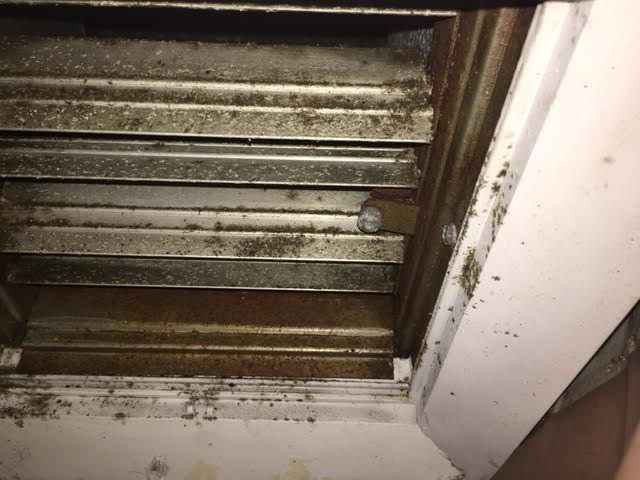
In a March 21 email to staff obtained by The Tennessee Star, Principal Mark Pittman said, “You may have heard about or seen some social media reports about possible mold or poor air quality in our school.” He went on to say that the Department of Workplace Safety has inspected the school at least three times or four times this year but has not found mold, though did conclude that the school needs a thorough cleaning, which Pittman said would be done that week. Pittman also said that an independent lab test of the air quality found nothing out of the normal range.
However, a teacher who spoke anonymously to The Star said there is mold in multiple areas around the building. The teacher took a sample from a vent in an HVAC system that circulates air in numerous classrooms as well as the cafeteria. Charles River, a lab used by the Environmental Protection Agency (EPA) confirmed the presence of molds that pose a danger, said the teacher, who has suffered infections the teacher attributes to the mold.
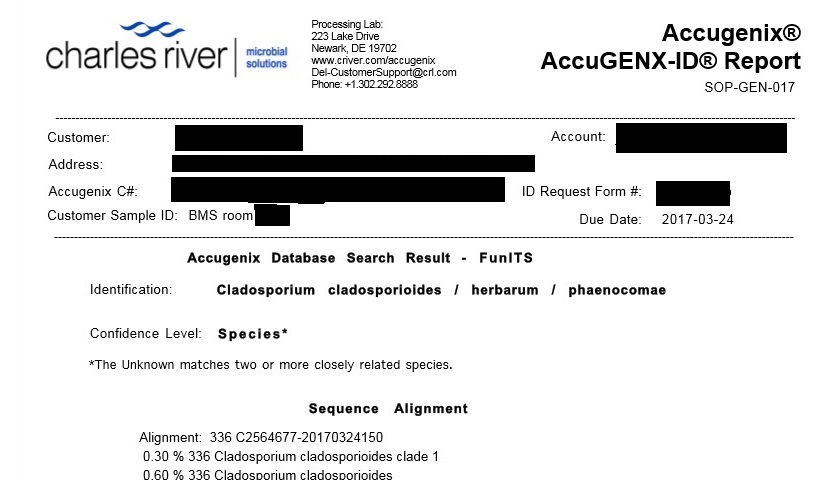
One lab report from a sample submitted by the teacher and tested by Charles River Microbial Solutions, dated Friday, March 24, shows the presence of molds known as Cladosporium herbarum and Cladosporium cladosporioides.
Cladosporium cladosporioides is described as “darkly pigmented mold that occurs world-wide on a wide range of materials both outdoors and indoors.”
It is one of the most common fungi in outdoor air where its spores are important in seasonal allergic disease. While this species rarely causes invasive disease in animals, it is an important agent of plant disease, attacking both the leaves and fruits of many plants. This species produces asexual spores in delicate, branched chains that break apart readily and drift in the air. It is able to grow under low water conditions and at very low temperatures.
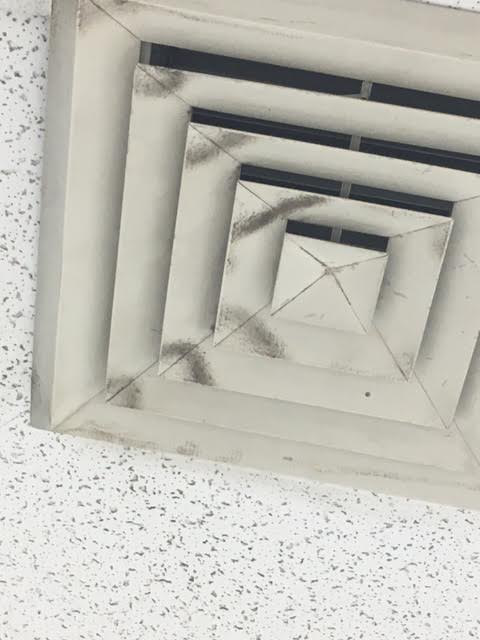
“Cladosporium, a well known trigger for asthmatic attacks, is one of the most widespread molds,” according to Mold & Bacteria Consulting Laboratories:
It includes about 40 species naturally found in soil, on decaying plant material and as plant pathogens. Several studies conducted in Europe and North America have shown that Cladosporium spores are present in the outdoor environment throughout the year. . .
In an indoor environment, Cladosporium spp. occur as secondary wall colonizers, appearing after the primary ones such as Penicillium species, Aspergillus versicolor and Wallemia sebi. Cladosporiumis very common on wet building material (e.g., gypsum board, acrylic painted walls, wood, wallpaper, carpet and mattress dust, HVAC fans, and wet insulation in mechanical cooling units).
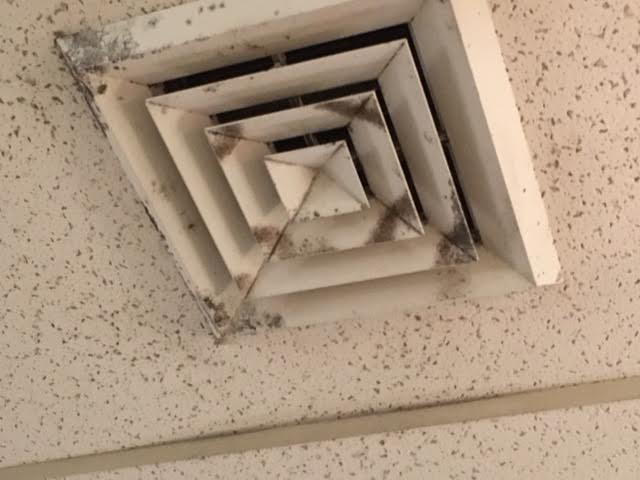
“The four most common Cladosporium species,” according to Mold & Bacteria Consulting Laboratories, are:
Cladosporium herbarum. An exceedingly common organism, found on dead herbaceous and woody plants, textiles, rubber, paper, and foodstuffs of all kinds. Indoors, it is found in floor, carpet and mattress dust, damp acrylic painted walls, wallpaper, HVAC insulation, filters and fans. Cladosporium herbarum is frequently the most prominent mold in air-spora. It grows over a wide range of temperatures, and has frequently been reported causing spoilage of meat in cold storage.
Cladosporium sphaerospermum. This frequently encountered species has been isolated from air, soil, gypsum board, acrylic painted walls, painted wood, wallpaper, carpet and mattress dust, HVAC fans, wet insulation in mechanical cooling units, foodstuffs, paint and textiles.
Cladosporium cladosporioides. A cosmopolitan species which has been isolated from meat, soil, air, textiles and paint.
Cladosporium macrocarpum. A cosmopolitan species which has been isolated from dead plants, soil, indoor air, apple juice concentrates and seeds.
Bellevue Middle Prep is part of Metro Nashville Public Schools.
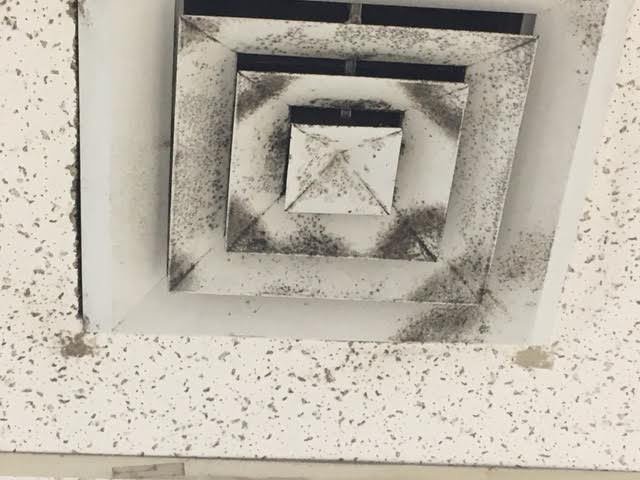
The teacher said school officials are likely trying to sweep the problem under the rug until a school renovation project begins in summer 2018. The workplace safety department referred to in Pittman’s email is an internal Metro Nashville Public Schools office that reports to no outside entity, the teacher said.
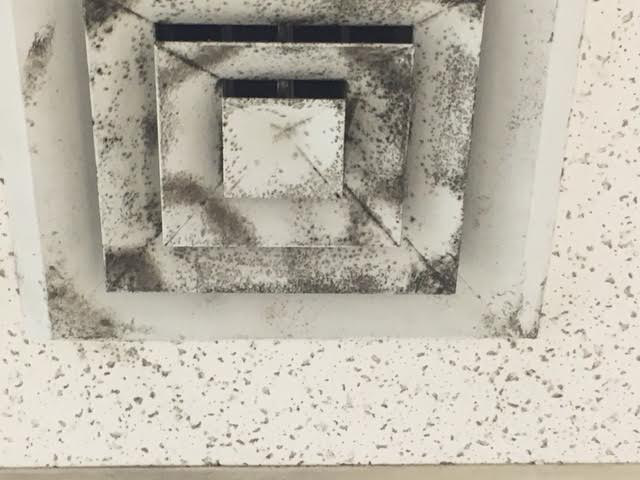
In his email to staff, Pittman said the department would do another inspection that should take place this week.
“I am on top of this and will follow through to ensure that we can bring this situation to a close,” Pittman said.
“The result will either be, we have no mold, for sure, or we found it and removed it. It is important to remember that to date, we have been told that there is no evidence of mold.” (emphasis added)
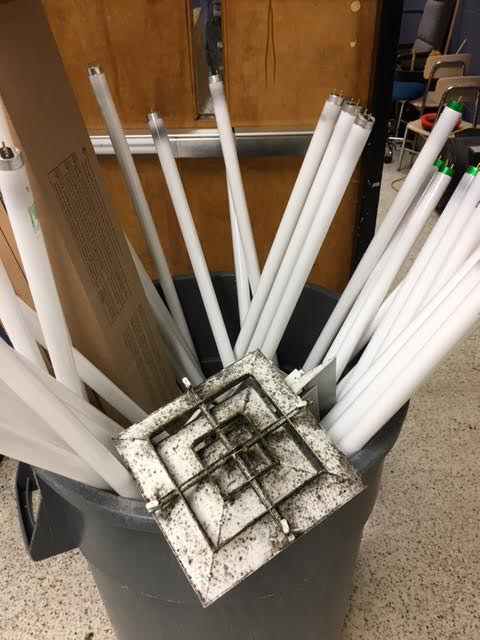
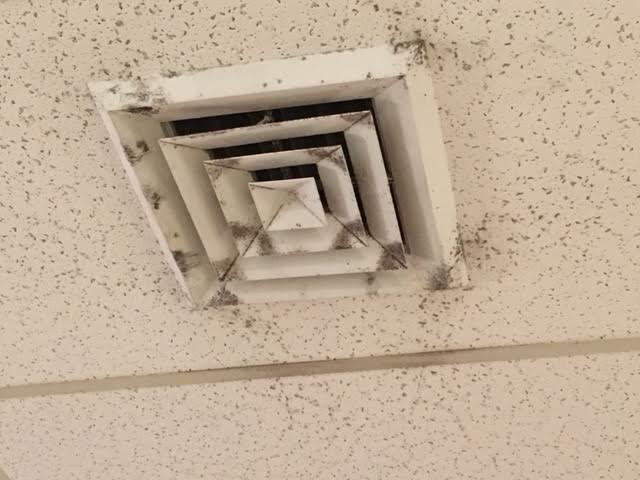
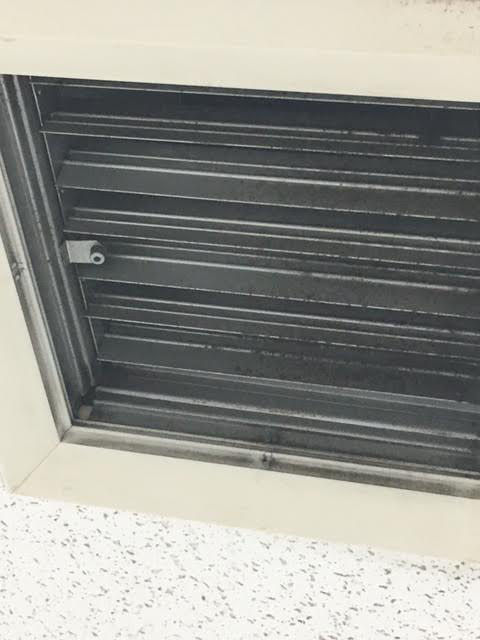

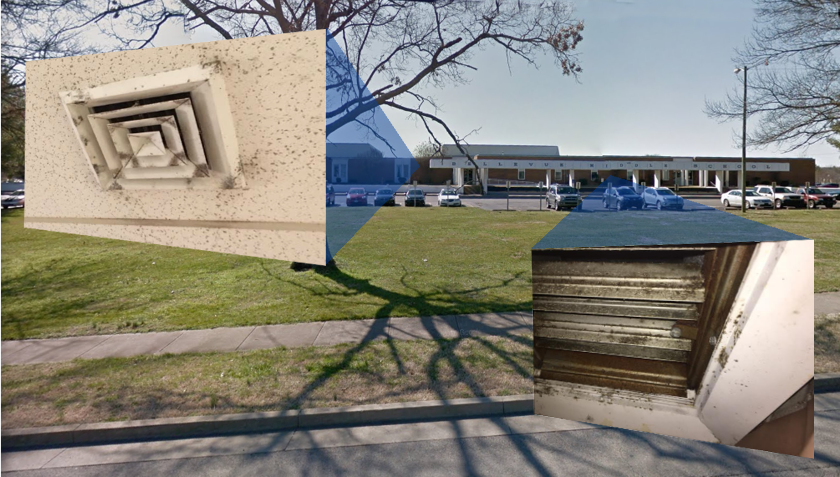




that is nasty but i miss bellevue middle